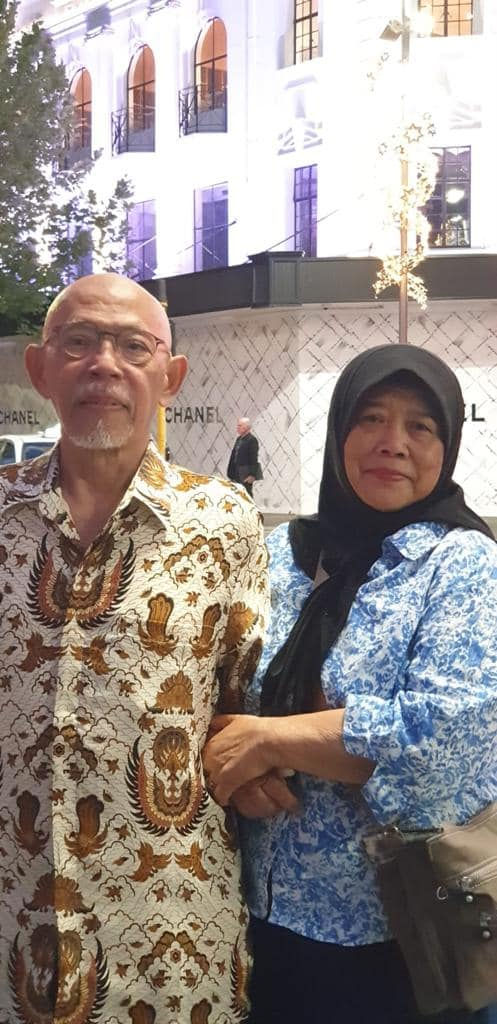Stage IV Pancreatic cancer: The Longest Survivor in Australia
- JRX Global
- Mar 9, 2022
- 3 min read
Updated: Aug 15, 2023
News from Australia
Uncle Budi was declared by the Australian Cancer Institute as the record holder for the longest stage 4 pancreatic cancer survivor and is in perfect health with no sign of the cancerous cells in his body. It has been eight years since he was diagnosed with pancreatic cancer, and he has certainly won the battle with it.
Cancer of the pancreas has always been one of the most difficult to identify and treat. It tends to spread quickly to the liver, and the survival rate for pancreatic cancer is very low. It is listed as one of the deadliest cancers in the world. In the case of Budi Santoso, he managed to overcome all odds in his battle with this lethal cancer.

In 2014 he was diagnosed with pancreatic cancer in Australia, which had spread to his liver at the time of diagnosis. The CT scan then showed a 1.6cm tumor in his pancreas, with internal calcifications indicating a malignant process, as well as multiple scattered nodules of varying sizes spreading throughout the liver, the largest reaching 3.6 cm in size. Given such a dire condition, there were not many alternative treatments available to him, both in Australia as well as in most other countries. On his brother's (a medical doctor) advice regarding the then-new fast-growing therapy, the ECCT, Uncle Budi decided to go back to Indonesia and have a go at ECCT as a treatment for his cancer.
The ECCT device at that time was in the form of a corset that covered the entire abdomen, including the pancreas and liver. According to the treatment plan prescribed by the inventor, Dr. Warsito, the device had to be worn 4 hours/daily during the first month. In the second month, the usage was increased to 8 hours/daily. Uncle Budi's body showed some positive reactions, which began appearing after a few days of using the ECCT device in the form of passing urine with a rancid odor, excreting foul-smelling stools that were dark/black in color, and frequently passing gas (flatus). After using it for three months, Mr. Budi felt improved physical condition with no recurrence of pain and discomfort that he had felt before.

However, the result of the PET scan at three months showed an enlarging mass in the affected area (as compared to before the ECCT treatment), but there was no sign of a new spread. The mass enlargement can be due to two reasons, 1) there was a gap of three months between the last scan and the initiation of the ECCT treatment; therefore, the cancerous cells could have grown in size during this time, and 2) there is a build-up of dead cells that haven't been cleared out entirely during the first three months ECCT treatment. The ECCT treatment will attack the cancerous cells and cause cancer cell death and local swelling due to inflammation. Then, the dead cells will be slowly excreted out from the body through urination and defecation. The absence of new nodules indicated that the spreading process had ceased after three months of ECCT treatment.

Uncle Budi's physical condition improved remarkably. He continued to use the ECCT device while undergoing his usual treatment process and routine check-ups by his doctor in Australia. His condition had gotten better every year, and now, he no longer uses the ECCT device after the cancer was declared in remission and reached the five-year survivor benchmark.
During this time, he became a naturalized Australian citizen and currently resides there with his wife. He is almost 80 years old now. His physical condition is perfect for someone his age as he can participate in outdoor activities such as mountain climbing and hiking with his wife and friends.
We wish Uncle Budi many more years of good life and health.
Kommentare